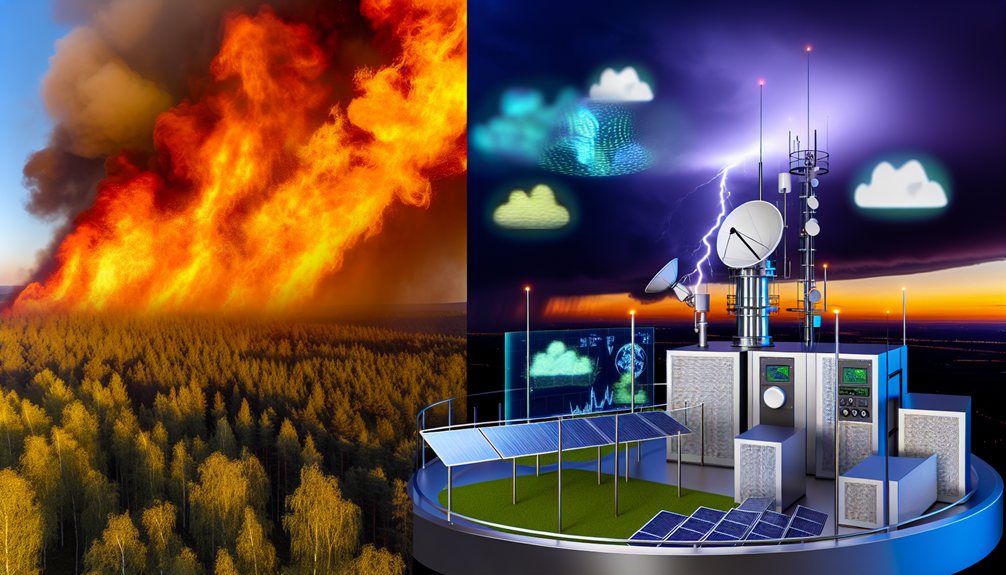As extreme weather events intensify globally, artificial intelligence is stepping up to the forecasting plate—and hitting home runs. Models like Google’s GraphCast and Huawei’s Pangu-Weather aren’t just keeping pace with traditional prediction systems—they’re outperforming them. And they’re doing it with less computational power. Less energy. Less human effort.
Pretty impressive for algorithms that basically learned weather by studying history.
These AI systems have proven themselves in real-world chaos. Take Storm Ciarán, the “bomb” cyclone that AI models predicted accurately despite it being outside their training data. Not bad for a digital brain that’s never actually felt wind on its face.
Now Congress wants in on the action. The bipartisan TAME Act aims to supercharge AI’s role in predicting extreme weather and wildfires across America. Politicians finally agreeing on something? Must be serious.
The legislation would foster partnerships between government agencies, universities, and private companies to advance AI applications in weather forecasting. Because apparently, Mother Nature requires a whole village to predict her tantrums.
The bill also pushes for a U.S. global weather dataset, reducing dependence on foreign data. America first—even in cloud patterns, apparently.
These AI forecast systems achieve improvements of up to 20% over traditional forecasting models in accuracy metrics.
But these AI systems aren’t ready to fly solo. They work best when integrated with traditional physics-based models. It’s a tag-team approach: traditional models provide the baseline data, while AI processes it faster and more efficiently. Energy consumption concerns continue to mount as AI systems require significant power for their computations.
One without the other would be like thunder without lightning—still scary, but missing something essential.
Ethical concerns linger on the horizon. AI models can inherit biases present in their training data—garbage in, garbage out, as they say. And with weather data becoming more accessible, questions about who controls forecasting loom large.
Despite these challenges, ensemble models like GenCast are pushing boundaries, offering probabilistic forecasts that extend predictability up to 23 days for extreme events.
That’s three more weeks to find your umbrella. Or evacuate. Your choice.
With the U.S. experiencing 28 billion-dollar disasters in 2023 alone, the economic imperative for better forecasting has never been clearer.









